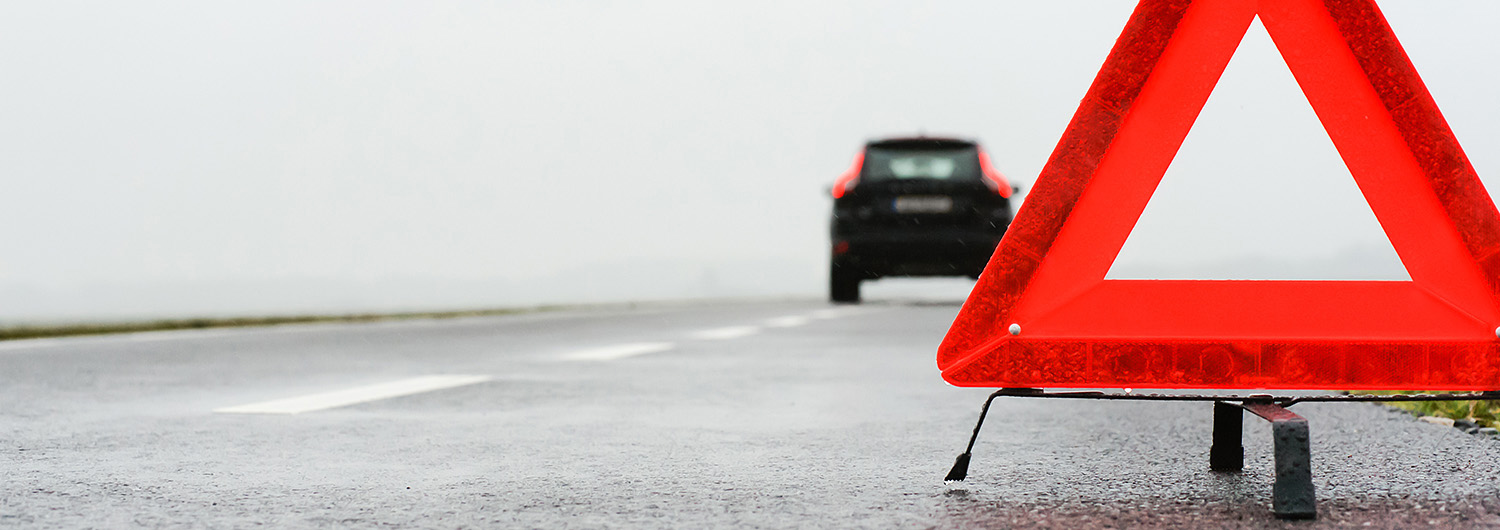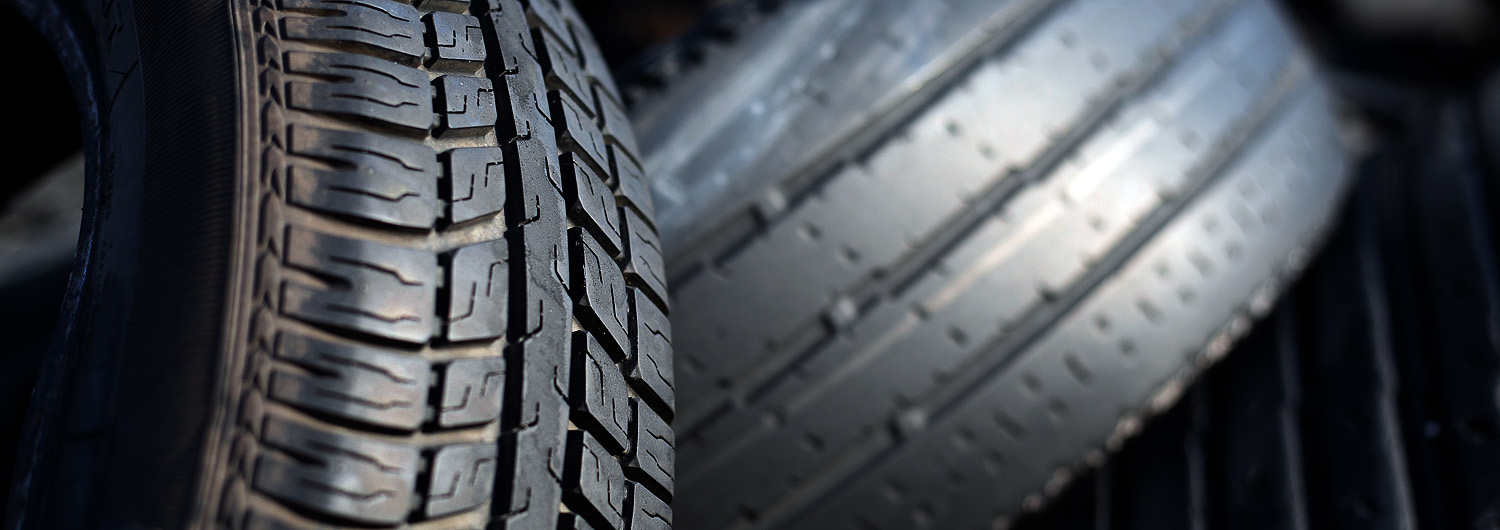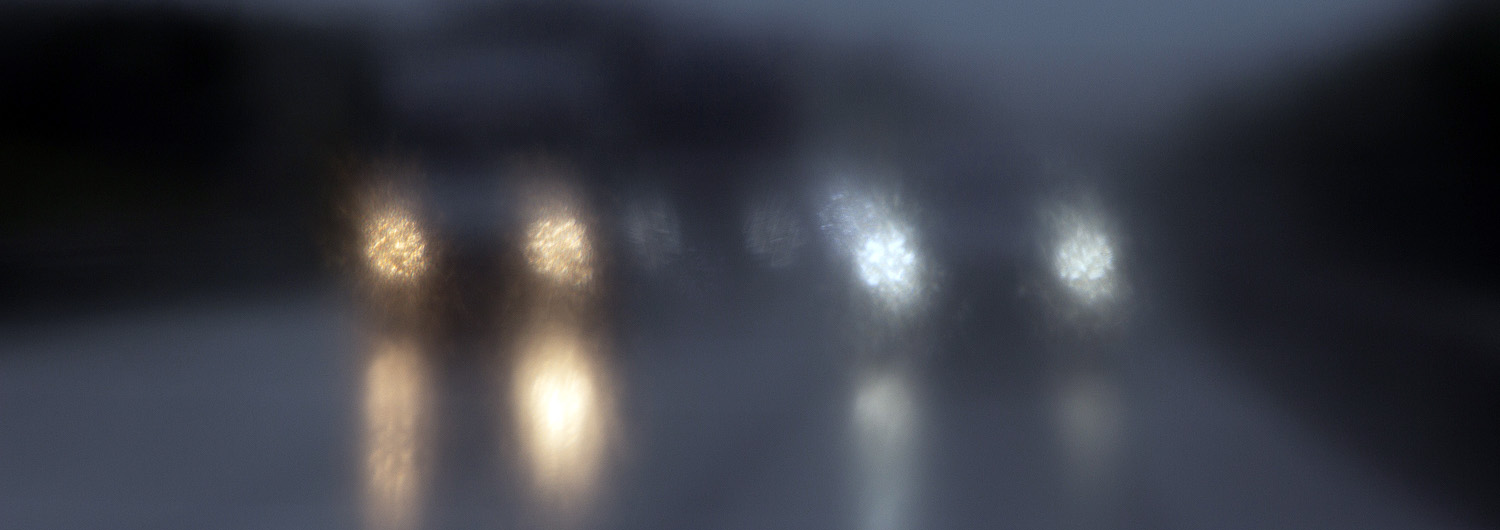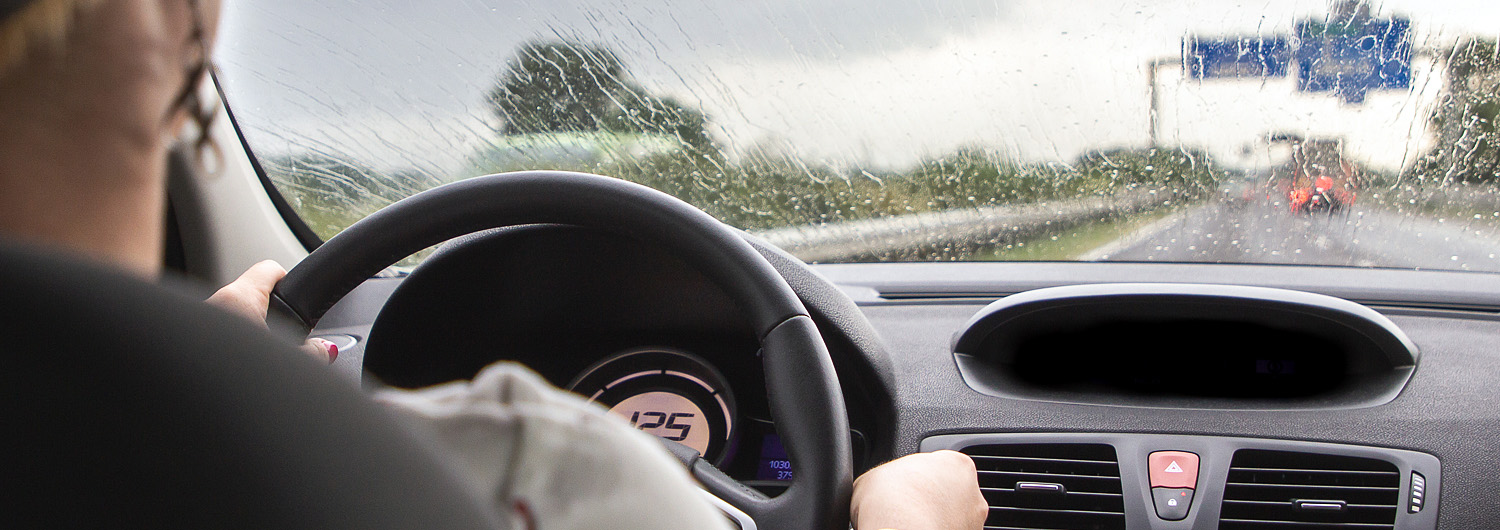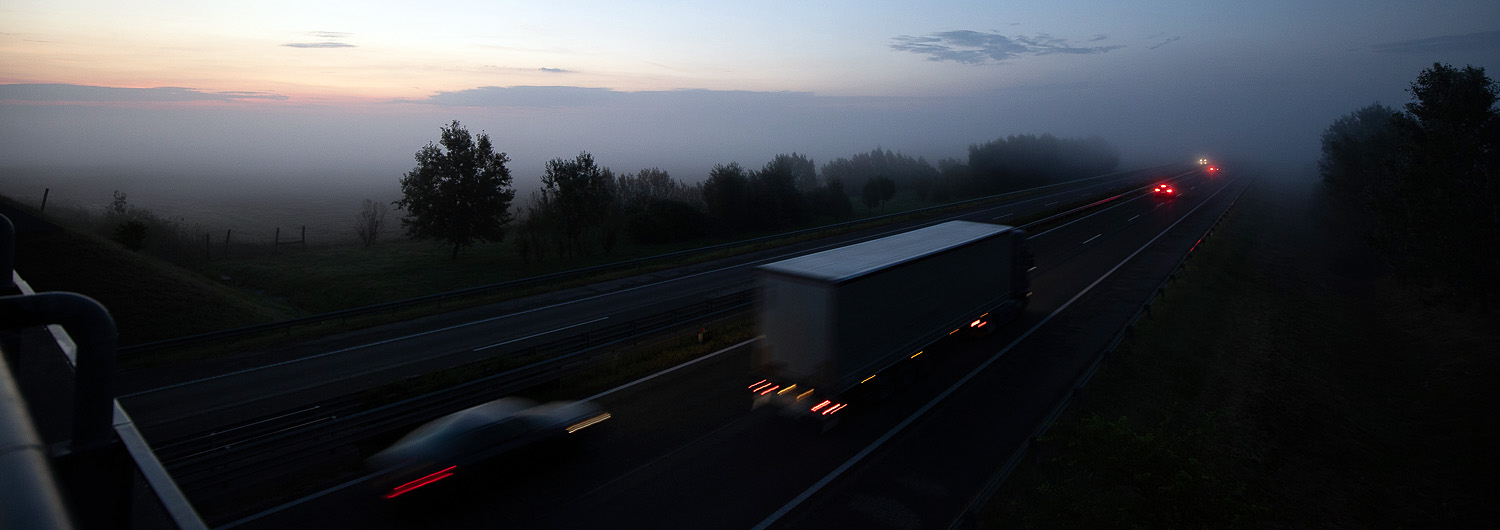USEFUL TIPS
Technical problem
It may happen anytime that your can brakes down. In this case leave your car on the hard shoulder, switch on your hazard lights and put on your safety vest. After you made sure that you can leave your car securely, leave the car with increased attention and move behind the guard rail.
Always have a warning triangle in your boot, which should be placed behind your car, so that the broken-down vehicle is clearly visible for other drivers from a distance.
Tyres
One of the basic demands of the technical security is the perfect condition of the tyres. It is important to know that the maximum lifespan of a tyre is ten years; using tyres older than that is prohibited and dangerous.
To ensure safe driving the tread depth of the tyres should be at least 1.6 mm. In case of winter tyres it should be 4 mm. You should check the state of your tyres by checking the tread depth.
Even if you check your tyres regularly, in case the tread depth is close to the allowed minimum value and you have doubts about the safe usage of the tyres, get the tyres checked.
Winter tyres work properly below 7 C° degrees. It is advised to exchange all the four tyres to winter tyres below 7 C° degrees. It is important to choose the proper speed of the car taking into consideration weather and road conditions also in the winter period.
With the proper chosen winter tyres, at an emergency braking, the braking distance shortens significantly.
When the average temperature rises above 7 C° degrees, it is advised to exchange the winter tyres with summer tyres. At this time, the surface of the motorway is dry and hot the asphalt might be wet by heavy rainstorms. Summer tyres are optimised for these weather conditions.
It is highly suggested to keep winter and also summer tyre garniture, since the tyres are different not just in patterns but also their materials and grip.
Visibility: To see and to be seen.
You should have your car checked with paying special attention to those parts which have the function that the driver sees correctly, and also that the car can be seen by others perfectly.
1. The proper operation of the headlights: the bulbs are deteriorated after a while, their light might be blunt, therefore they should be checked regularly, several times a year. The burnt-out bulbs should be exchanged in pairs. Please make sure that you always have bulb kit in your car.
2. Adjustment of headlights: in case the headlights are adjusted too high, they might blind the drivers driving on the opposite side, but if the headlights are adjusted too low, the visibility will be also low. With one-degree difference, the visibility distance might decrease with 30 metres. In case of automatic headlights, the electronic of the car adjusts the headlights itself, but if the car does not have this automatic adjustment, please pay special attention to the proper high adjustment of the headlights.
3. Cleanness of the globes: Simple but effective way: please keep your globes clean, therefore the power of the headlights stays.
4. Windscreen: different types of contamination stratify opal layer on the windscreen, which worsens visibility, therefore it is advised to keep windscreens clean. Please make sure that your car is filled up with the seasonal windscreen liquid.
Driving technique
Beginners and those who learnt driving in spring or summer, should already practice a bit on roads without traffic before the first frost and the first snow appears. However, you can improve your skills on driving practice courses with the help of skilled trainers under secure circumstances. In dense fog, it is practical to go in convoy, of course with keeping the necessary safety distance.
Tips in case of slippery road surface
The most important to choose the proper speed. The car slips in case the speed is too fast for the cohesion. Therefore, in this case please slow down your speed especially on the motorway.
Under-steering may occur, if you drive faster in a bend than it is advised, and the front of the car goes outwards. You can revise with giving no gas and with decreasing the steering angle.
In case of over-steering the problem is similar, but the back of the car goes outwards. More routine is necessary here to revise: giving no gas and navigate the car towards the direction the car goes.
It is important to stop the car. Please try to avoid the so called “pumping” the brake, namely that you press-stop pressing the break. In case your car has anti-blocking system, press the brake strongly and keep it the pedal down.
Keep larger safety distance than under dry circumstances: on slippery roads the length of the safety distance should be at least doubled. For example, on dry road you leave distance for 2,5-3 cars with 50 km/h speed, then in winter leave at least distance for 6 cars.
